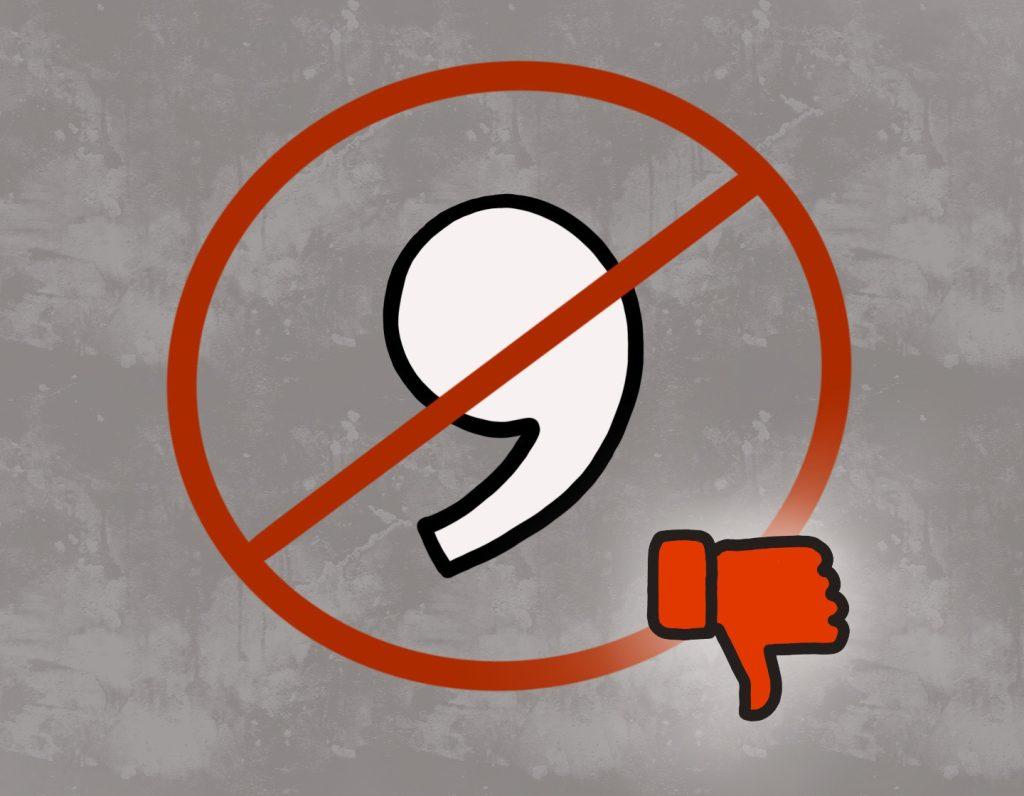
Transparency Item: The Perspectives section of the Graphic is comprised of articles based on opinion. This is the opinion and perspective of the writer.
In the second semester of my first year of college, I was the Life & Arts copy editor. At this point in my life, it may seem like I was an expert in all things grammar and punctuation. To which I would say you’re wrong.
Don’t judge me, but despite being in college, I didn’t fully know the rules of English and writing. Up until then, I had always guessed on the placement of a comma or if I should use a semicolon instead. So, starting my career in the Graphic as a copy editor was daunting.
In the first couple of weeks in my new position, I underwent training, where I learned the plethora of rules within AP Style and PGM style. My brain flooded with all the laws of journalistic writing. It reached the point where I would dream about editing articles on Camayak, a website where the Graphic staff edits content. I would see the abundance of edits on an article whenever my eyes were closed.
Though the amount of copy-editing rules was overwhelming, one thing stuck out to me: avoid using an Oxford comma, unless it is absolutely necessary for the clarity of a sentence.
For those of you who aren’t familiar with this — don’t worry, I wasn’t either — an Oxford comma is what comes after the final item in a series.
In the sentence, “I like apples, oranges, and pears,” the Oxford comma is the comma before “and.”
This was the one rule, among the hundreds of pages in my AP Stylebook, that made it to the forefront of my brain. I knew it like the back of my hand. It became my best friend.
Whenever I read an article, my first instinct was to weed out any use of the Oxford comma. If I ever missed edits, omitting an Oxford comma was never one of them. As a copy editor, I saw an Oxford comma as an error.
There are two things in this world that I love most: writing and consistency. When I am editing or writing articles for the Graphic, my brain tells me “Oxford commas are incorrect.” So, when I am reading anything outside the context of journalism and I see an Oxford comma, my mind is fixated on the error rather than the content of what I’m reading.
This may seem like a me problem, but the issue with the Oxford comma is that writers use it and lack consistency. If you are going to use it, use it every time. However, doing so can cause further complications and misunderstandings. The safe bet is to not use it at all.
Because the use of this comma is a stylistic choice rather than proper English, it is optional. And as all college students know, if something is optional, you don’t do it. Not using an Oxford comma can also save space and make sentences more clear to the reader. Thus, the use of an Oxford comma is unnecessary and a waste of ink on a printed newspaper.
_________
Follow the Graphic on Twitter @PeppGraphic
Email Yamillah Hurtado: yamillah.hurtado@pepperdine.edu

